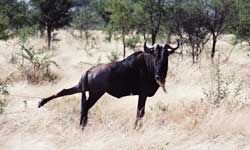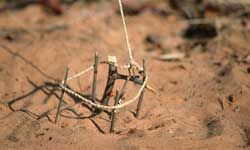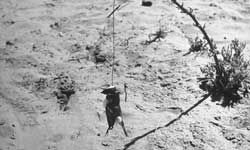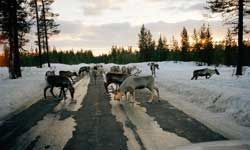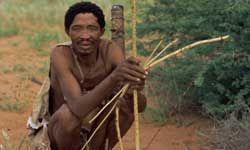If you're out in the middle of nowhere, and you're lost, and it's been a couple days since you last ate, you're in what we call a survival scenario. And you're going to be glad, when you dig down into your pockets, to find out that you held onto the following list of snare- and trap-building instructions -- because snaring your dinner sure beats knife hunting.
To capture an animal you'd like to eventually eat, you first need to know where your prey is located. It's no good to set out a trap or snare where no animal is likely stumble into it. So before you set up your trap, look for signs of animals in the area. Prints are one obvious sign, but there are other more subtle signals: animal droppings, plants that have been chewed on or rubbed against, and areas where the vegetation is flattened, indicating that animals rest there.
Advertisement
For the best luck, set your trap or snare in an area where animals travel frequently like between a feeding area and a watering hole. Learn to spot the difference between a run and a trail. A trail is a very noticeable path through the area and it's used by many different species. A run is a smaller path that you may miss unless you look closely. It's used by only one species and often leads to the animal's home. Some types of snares, such as a drag noose, are more effective when set in runs.
Let's discuss some other snare and trap options.
